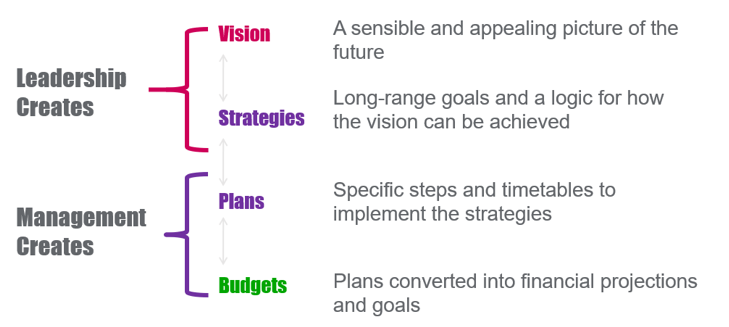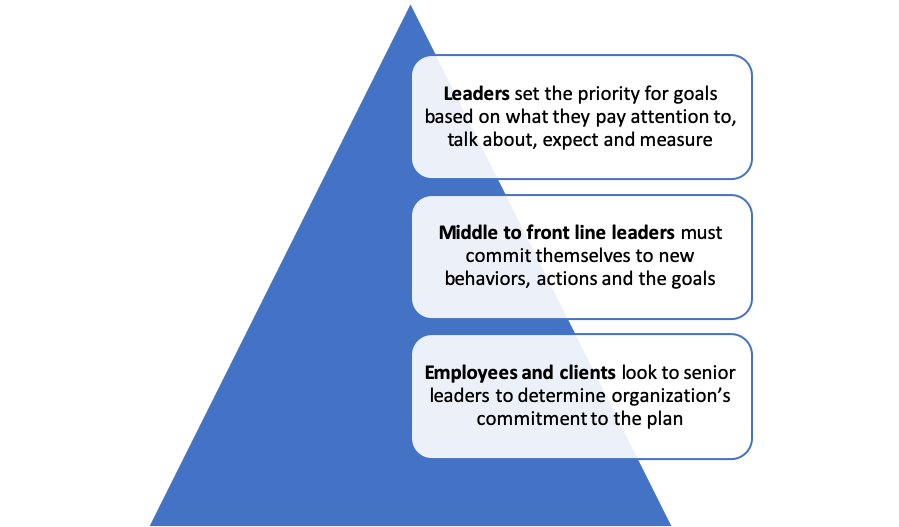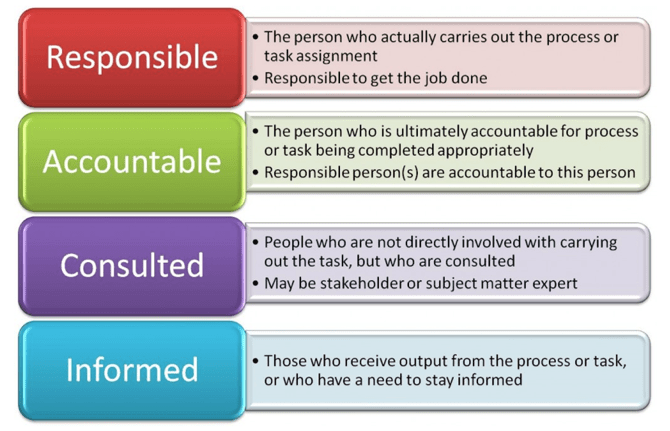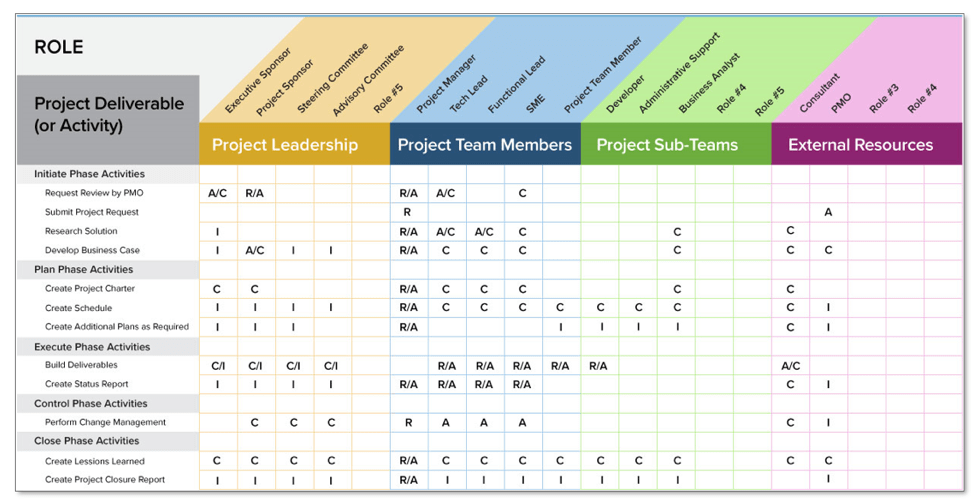Through the messy middle: Nonprofit change management

“Change is hard at first, messy in the middle and so gorgeous at the end.” — Robin Sharma, Canadian writer
At every stage in organizational change, you need people to roll up their sleeves and do the hard work. Whether envisioning a new future, mapping out timetables or shifting behaviors, change is an organization-wide effort.
While many nonprofits put in the effort to plan and launch change, not everyone makes it past the messy middle. Projects fail for any number of reasons, from lack of adequate resources to interpersonal issues like fear, loss or lack of confidence.
But with the right planning, most projects can be successful.
Researchers have been studying change management for ages. We know where projects are most likely to fail and how to address those vulnerabilities. Change is hard, but it’s challenging in ways we can predict and overcome.
So yes, change is messy. It’s messy in the same way that renovating a kitchen is messy. It requires planning, effort and tolerance for disruption. But if you commit to change management, you can get to that gorgeous end.
Setting the stage for change in nonprofit organizations
When we think about strategic change, we often think about executives and the board of directors. But those leaders are just the beginning of any transformation. Real change — effective change — occurs when we involve a much wider, diverse group of people in the planning process.
Once your leaders have shaped their vision, it’s time for your managers to hammer out the details. When you share responsibility for developing the plan, you ensure that action steps match organizational resources — and gain wider buy-in.

Ready or not, here we come?
One essential early step in any change management plan is figuring out just how much resistance you’re likely to encounter — and why that resistance exists.
Perhaps your nonprofit has failed in the past and people don’t believe the organization is capable of change. Perhaps the vision is unclear. Or maybe people feel so overloaded with work that any new initiative is met with resistance or even anger.
We can determine change readiness using assessments or, more informally, by talking to the people most likely to be impacted. Generally, the more disruptive or difficult the change will be, the more formal your change readiness assessment should be.

A change readiness assessment will help you identify sources of both support and resistance. That information is useful as you map out communication and training plans and call on advocates who can support colleagues through the transition.
Who’s going to stand up and speak out?
Sponsorship matters. A lot. According to Prosci benchmarking studies on change management, participants consistently identify “active and visible sponsorship” as the top contributor to success.
Authority is not enough to implement change. If you rely solely on authority, that’s like relying on the stroke of a pen: “I have written this change into law, and therefore it is so.” Is it, though?
Like speeding in a car; jaywalking; lathering, rinsing and NOT repeating … people don’t always follow instructions when they don’t have a personal stake in the issue.
Senior leaders set organizational priorities based on what they pay attention to and talk about. Employees will look to senior leadership and the board for messages about how important this change is to the organization. From there, middle and front-line managers interpret these messages and create their own version of reality.
You need to secure commitment from managers/supervisors for change to be successful. When this step is missed, the “change train” derails early, and you end up with cars going in different directions.
The (very important) role of sponsors and leaders?
Sponsors:
- Secure resources (e.g., allocate dollars, authorize consultant support)
- Give time/energy
- Provide visibility
- Put their name/reputation behind something
- Make a long-term commitment

Leadership’s role:
- Participate actively and visibly throughout planning and execution steps (key messages, expectations and updates)
- Build a change team around strategic goals
- Communicate directly with employees
Middle leader role:
- Seek to fully understand the strategic purpose of change and be personally committed
- Work with leaders to secure full understanding and commitment
- Translate organizational messages with more details specific to their areas/associates
- Establish clear expectations and create accountability
- Manage resistance, reinforce the right behaviors
Middle managers are, well, in the middle. They have to receive the change message from above and build their own commitment, and they also have to spend time with frontline leaders securing their buy-in. It’s a tough job.
Frontline leader role:
- Communicate, coach and lead individuals through change
- Be an expert at communicating the individual, personal message of change (WIIFT: what’s in it for them)
- Identify and address resistance at a personal level
Frontline leaders and supervisors are often stuck between a rock and a hard place, trying to please the team and middle management. Again, they need to fully understand and personally commit to the change. Front-line supervisors can be pivotal in any change initiative. If they’re not actively supporting the shift (or worse, undermining it), the effect can ripple far and wide.
Outline roles with RACI: Responsible, Accountable, Consulted, Informed
A RACI matrix (Responsible, Accountable, Consulted, Informed) can be used to outline roles involved in a transformation. The RACI matrix is helpful when change initiatives involve cross-functional departments or when change is expected to meet some resistance.

RACI tools help an organization get past a generalized “we need more accountability” mindset and assign accountability in proportion to what is needed for change. While the template may look like a lot of work upfront, it results in far less work — and more effective work — overall.
Change management = planning for success
Make a plan to get through the messy middle. Change management addresses the necessary tactical issues as well as the natural emotional hurdles that can derail a lesser-planned change. It strengthens your strategic thinking and can keep the organization from slipping into reactionary mode if something goes wrong.
How Wipfli can help
If you’re trying to navigate a leadership or nonprofit management transition, you don’t have to do it alone. Wipfli supports nonprofits like yours through change and transformation. Our nonprofit specialists have helped nonprofits like Team Rubicon see challenges in new ways, stay ahead of trends, and grow stronger. Contact us for a consultation or keep reading:





